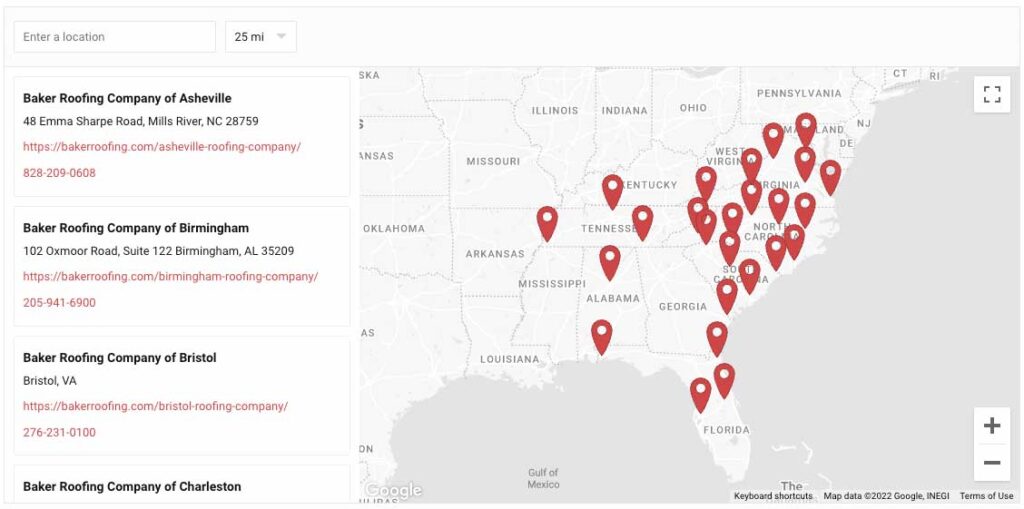Understanding Roof Ventilation
Temperature Regulation
Moisture Management
Extending Roof Warranty Validity
Did you know that many roofing material manufacturers offer warranties that cover defects and premature deterioration for your roof? However, these warranties often come with specific requirements, such as proper ventilation, to demonstrate that the wear-and-tear is the manufacturer’s fault and not your own.
Because of that, a strong ventilation system can often extend your roof warranty’s validity, keeping you from paying out of pocket for any repairs or replacements if your roof begins deteriorating faster than usual. Of course, while this doesn’t outright expand your roof’s lifespan, it’s the same difference in your wallet’s eyes, allowing you to spend your money on what’s important to you rather that shelling it over for a set of repairs that better ventilation could have prevented you from paying for.
Conclusion
Because of that, it’s hard to overstate the role of ventilation in preserving your roof’s longevity. From temperature and moisture control to financial savings, ventilation is crucial to keeping your roof strong and durable as the years pass. As such, ventilation is not a luxury; it’s a must-have investment in your home’s future.
Still have questions? For over 108 years, Baker Roofing has been the trusted name in roofing all throughout the Southeast. Please don’t hesitate to contact our team to talk through your options and ensure you’re getting the roof you deserve.



